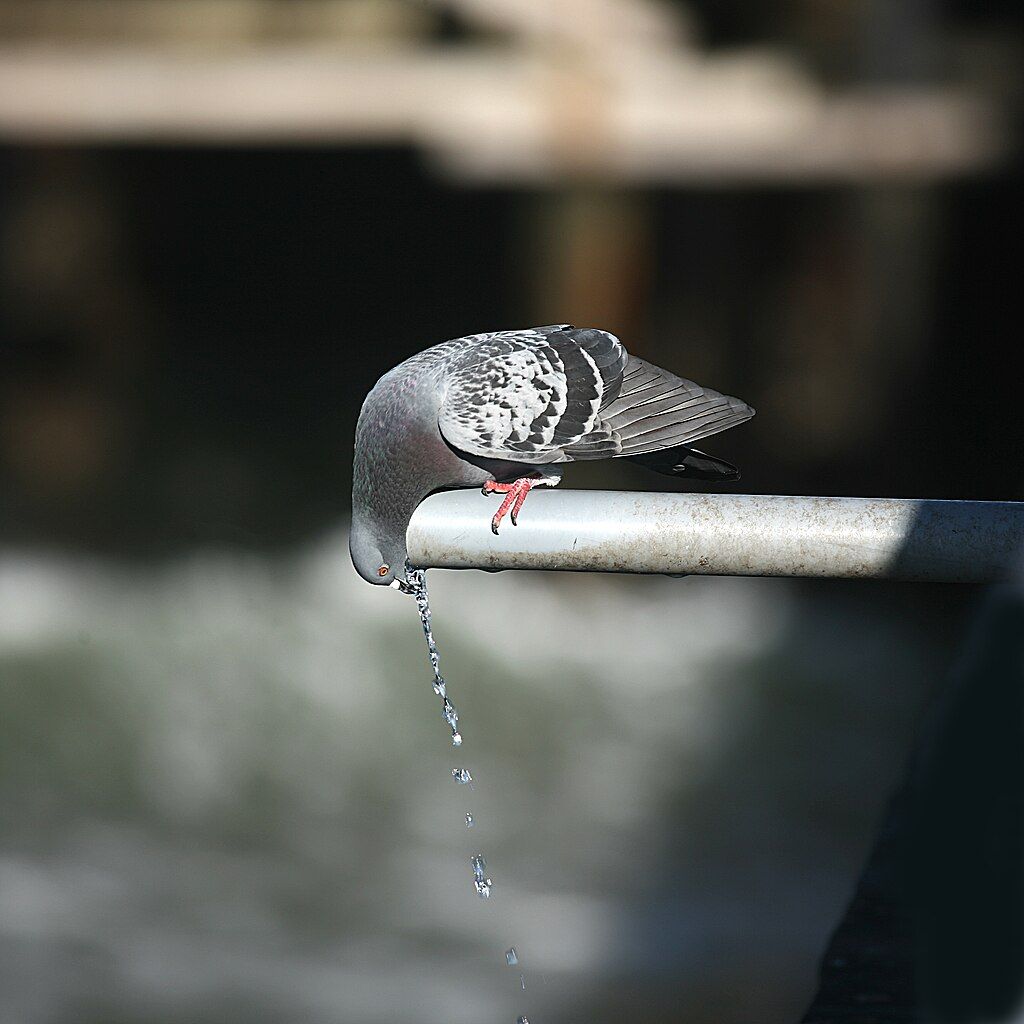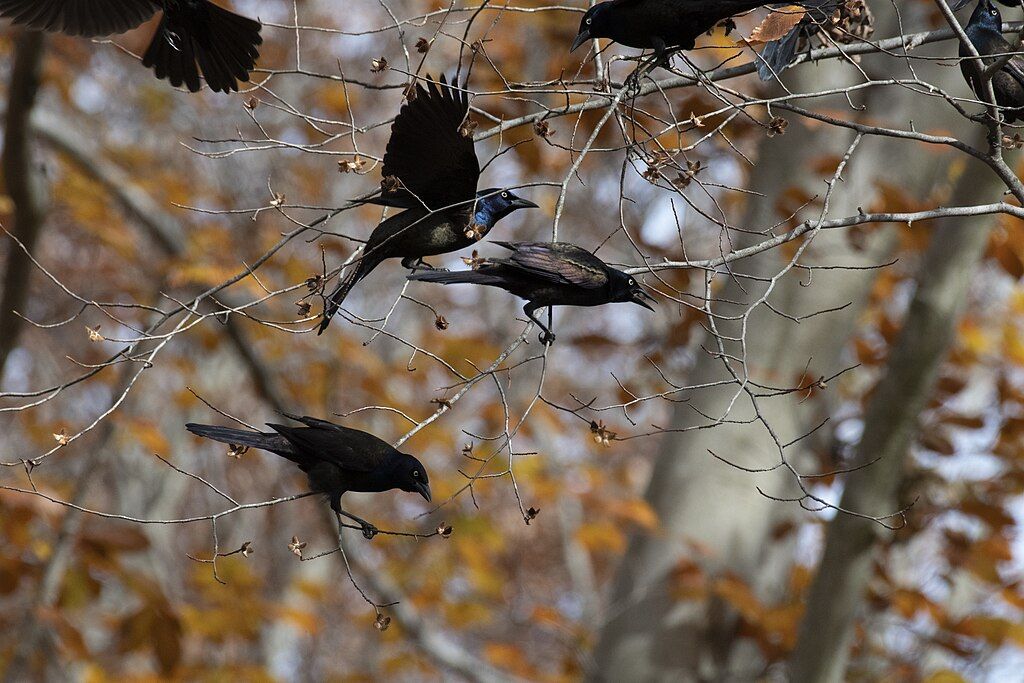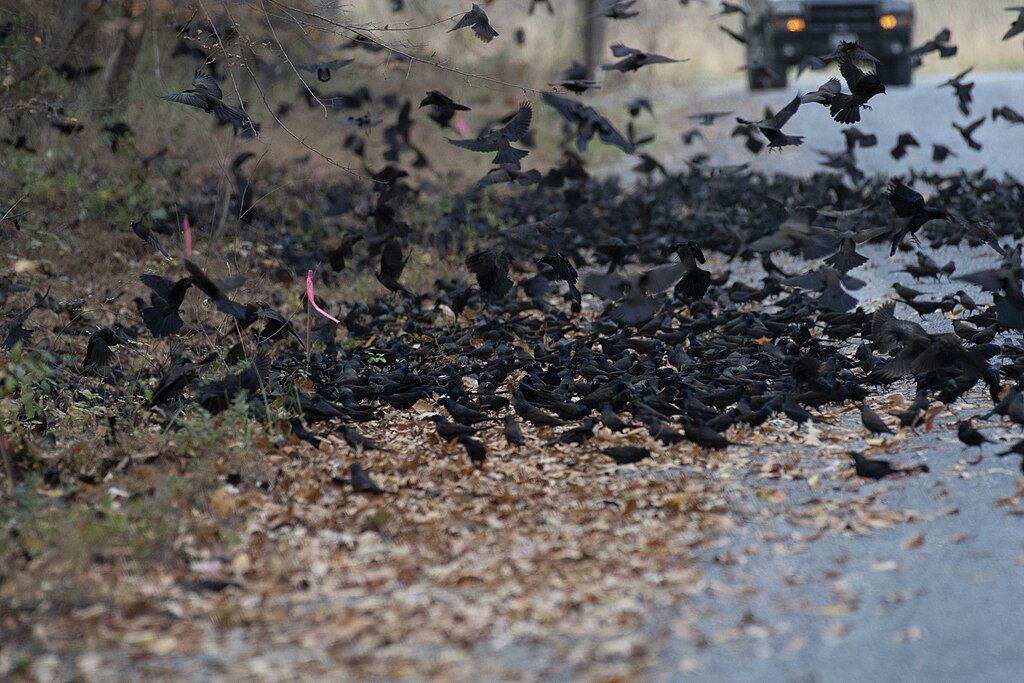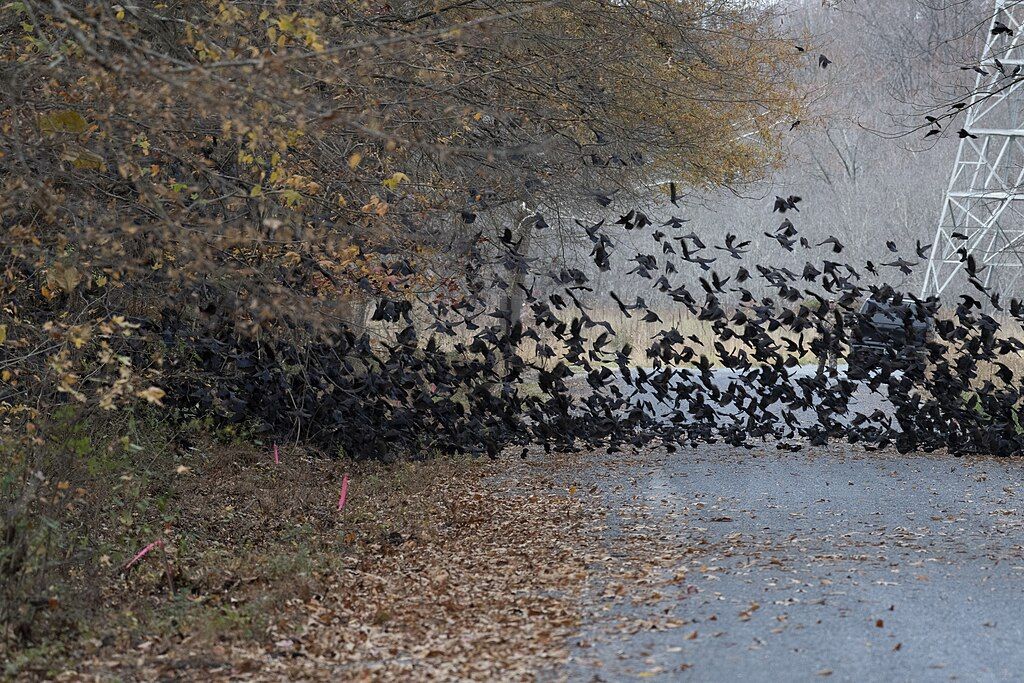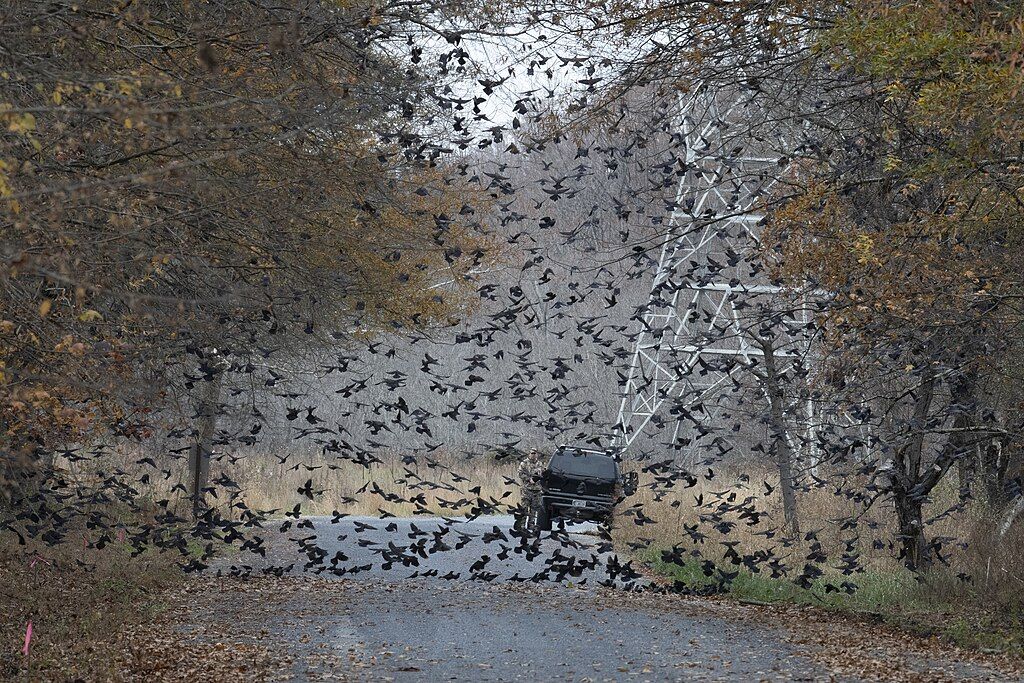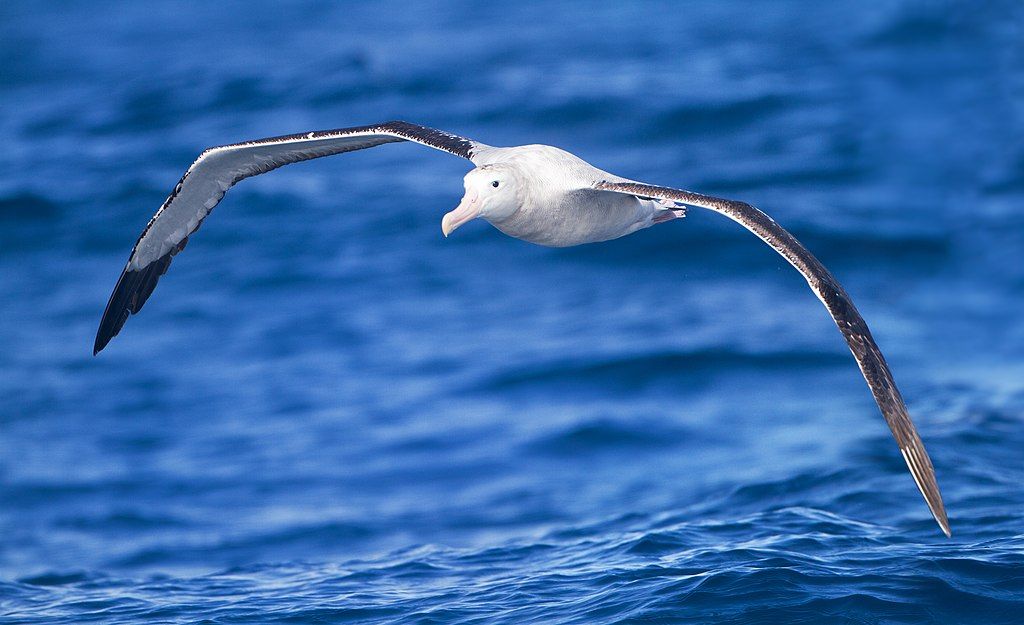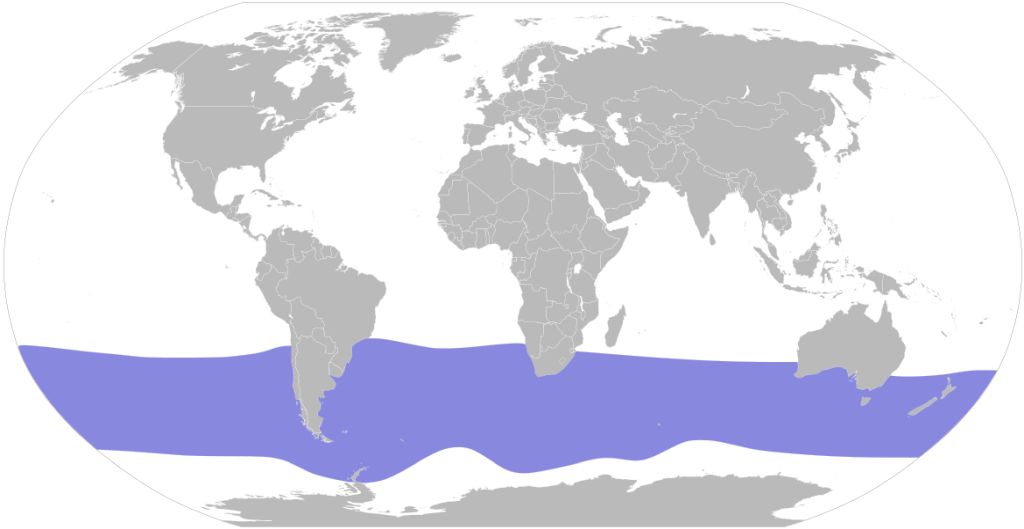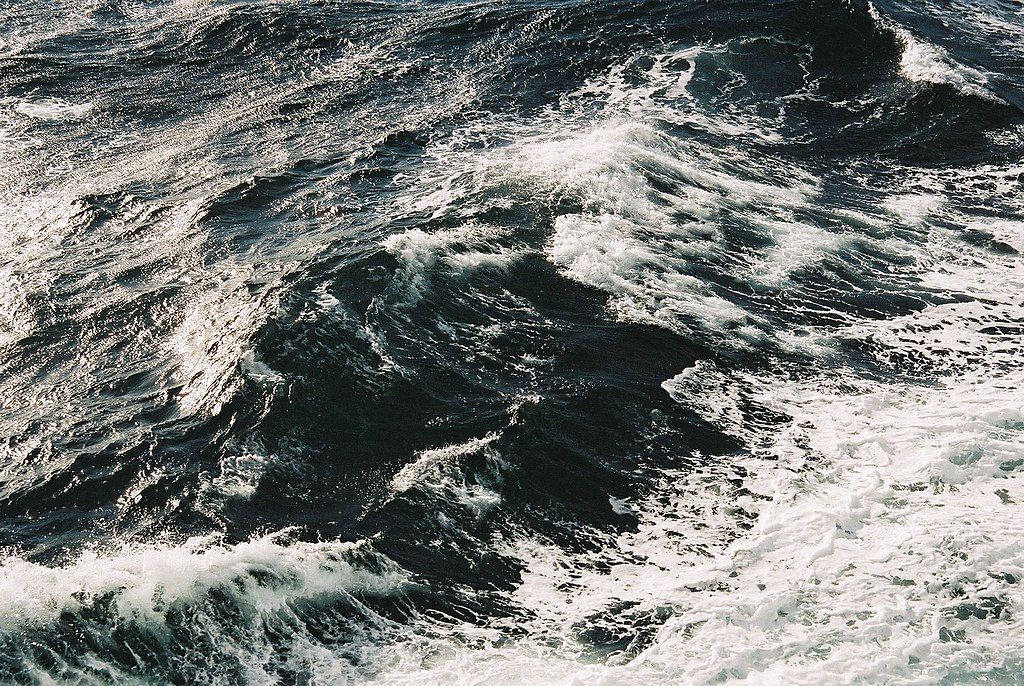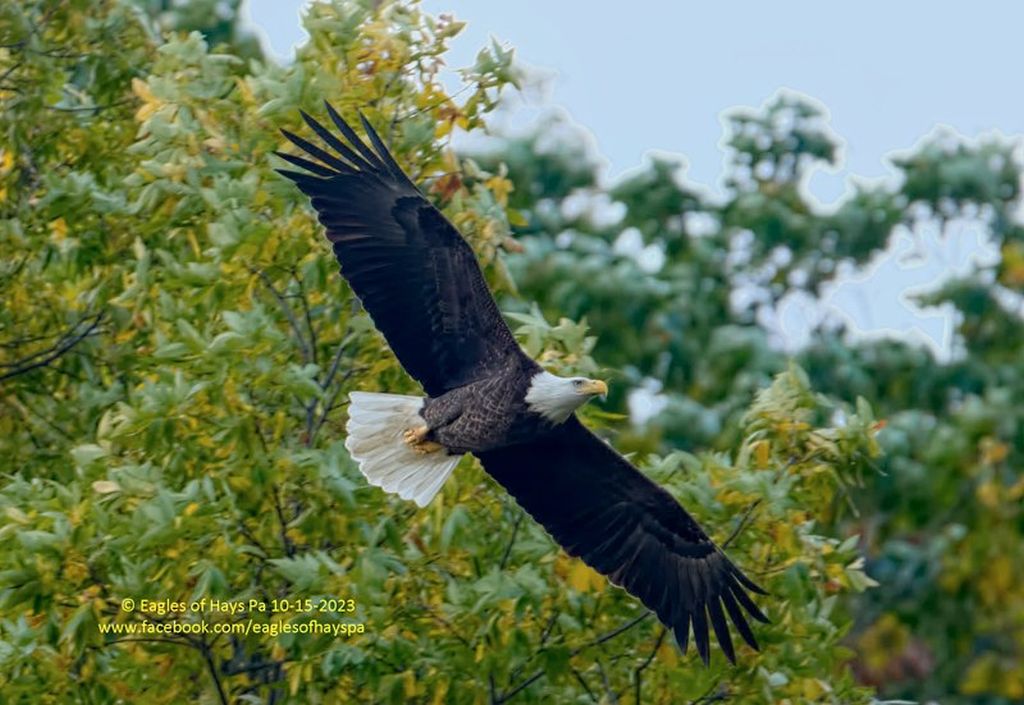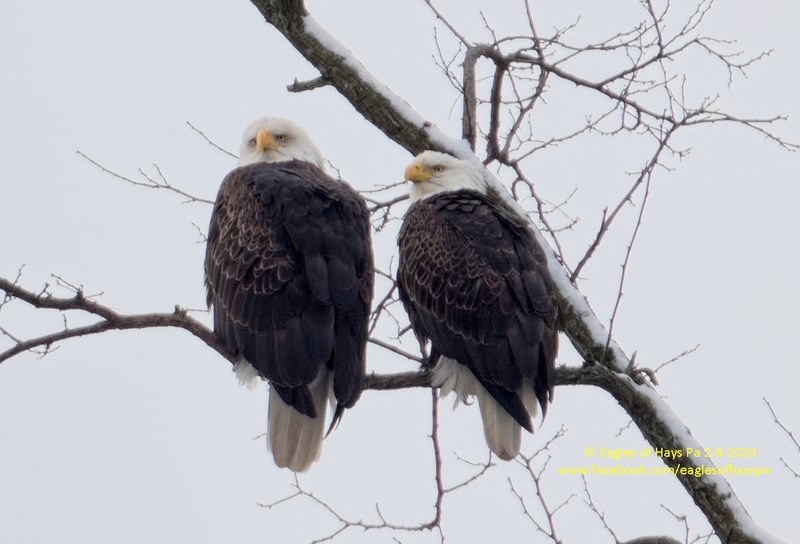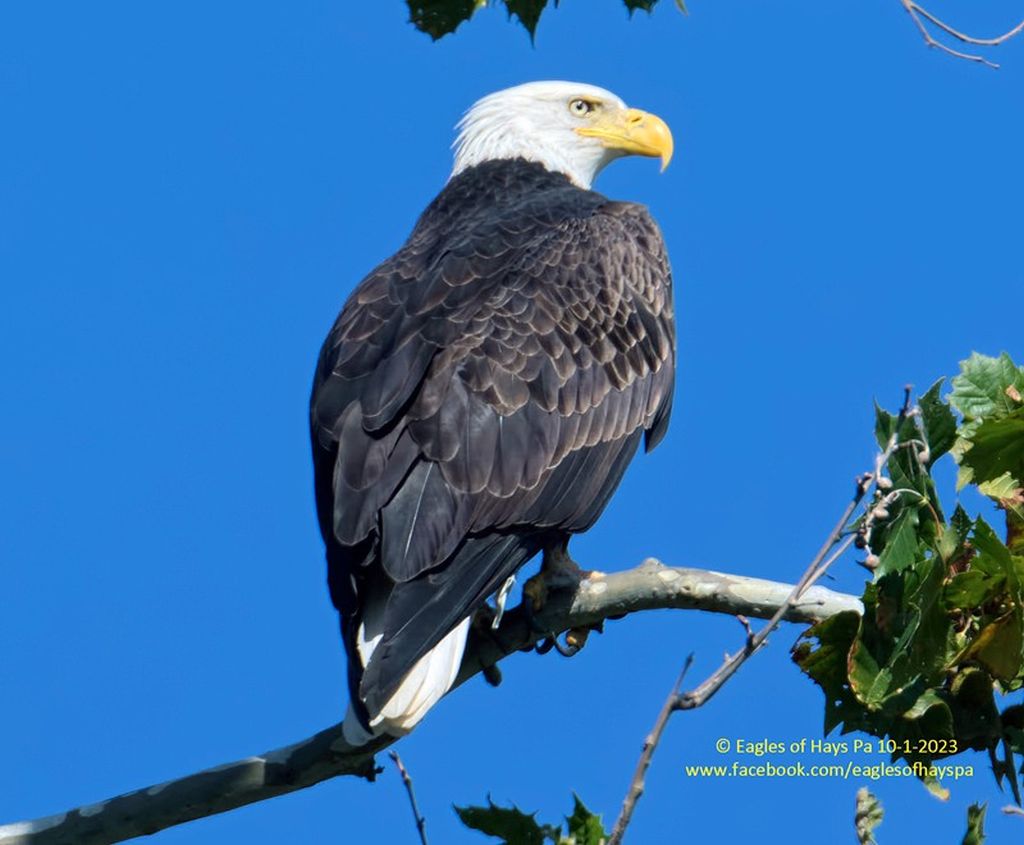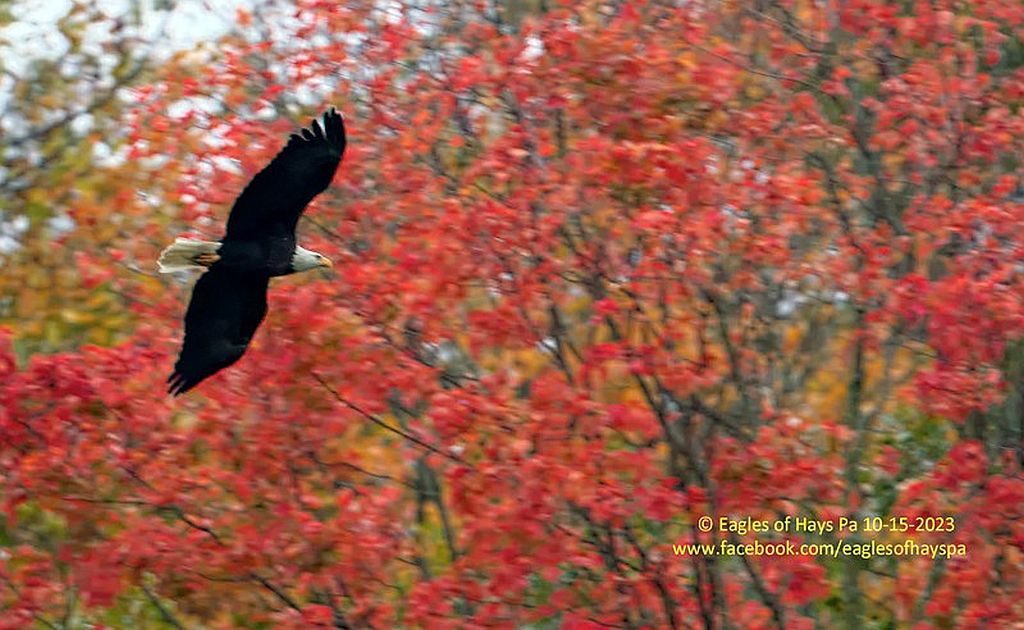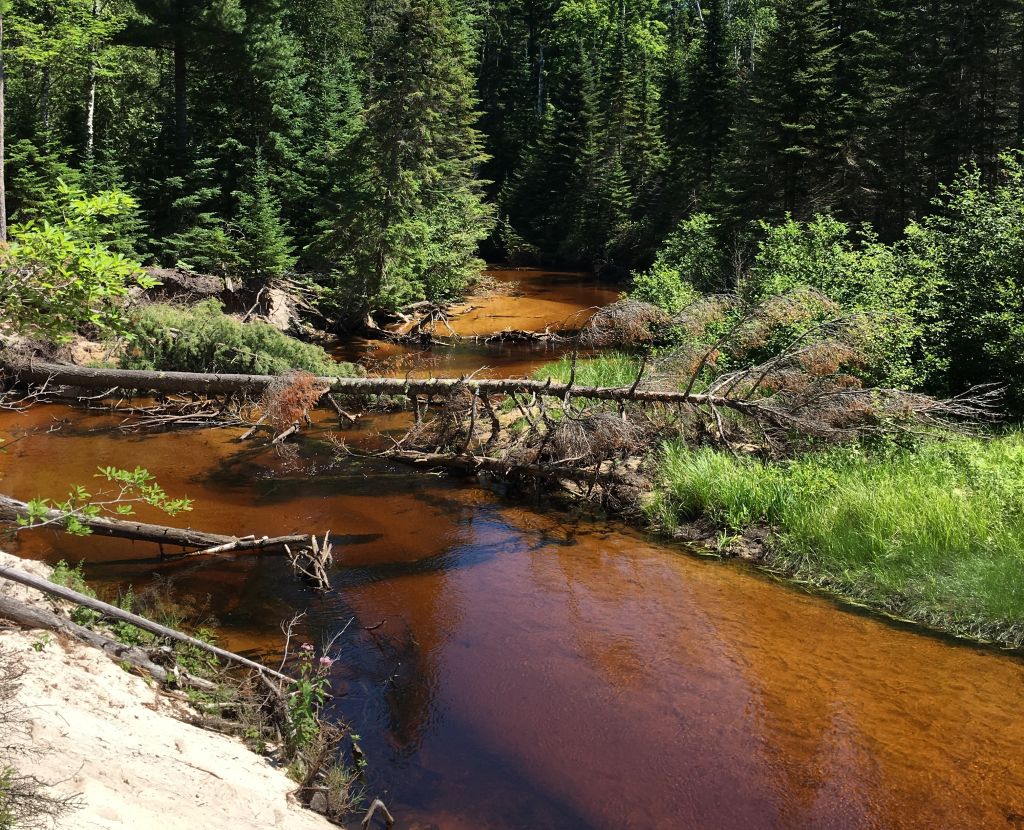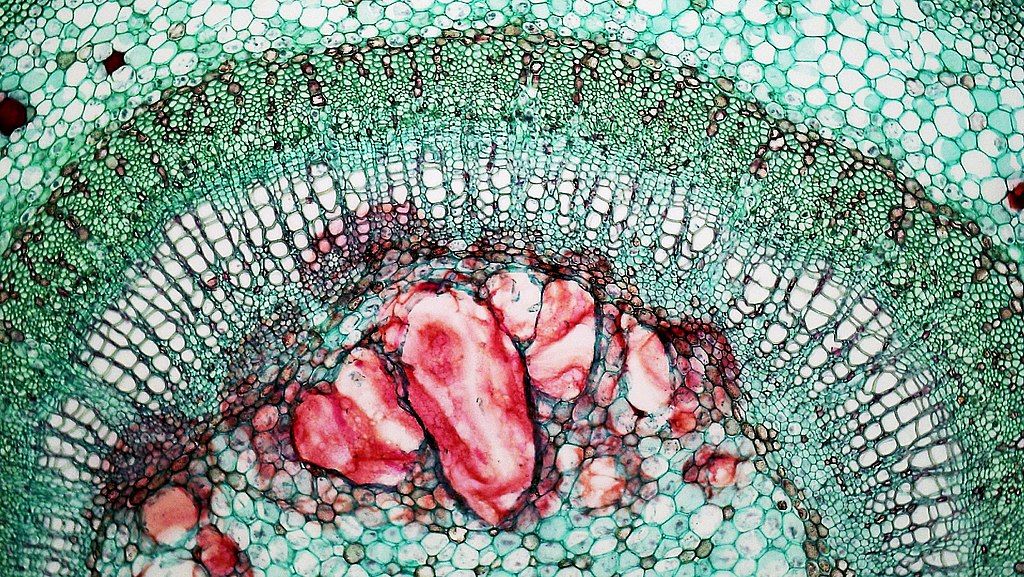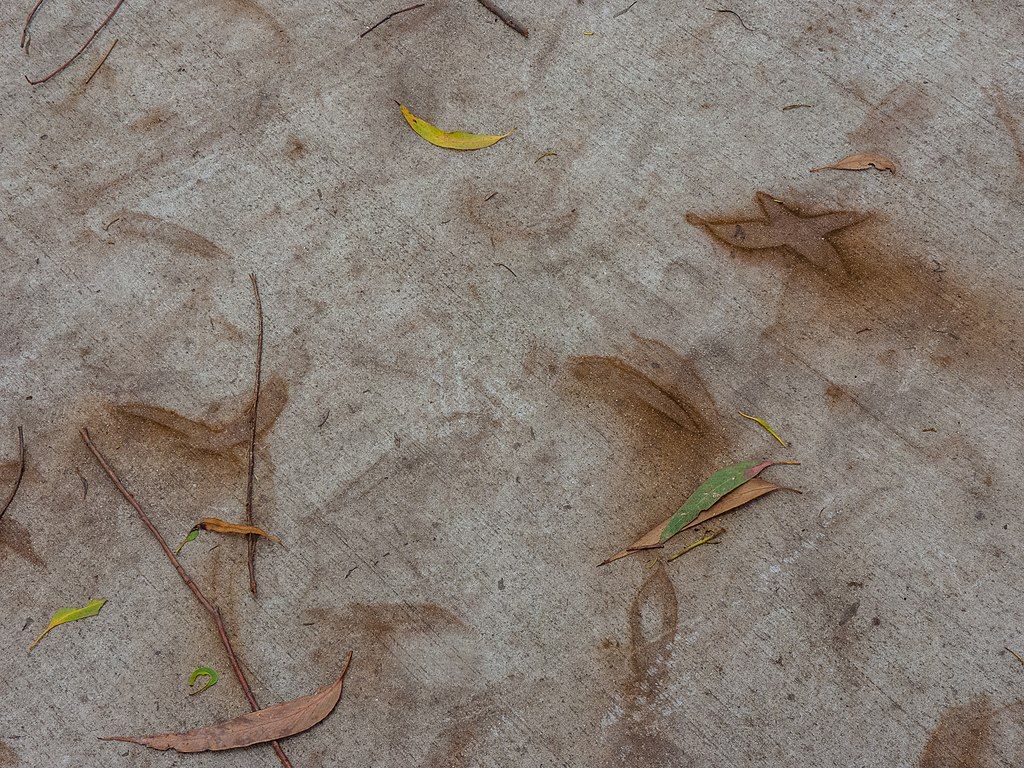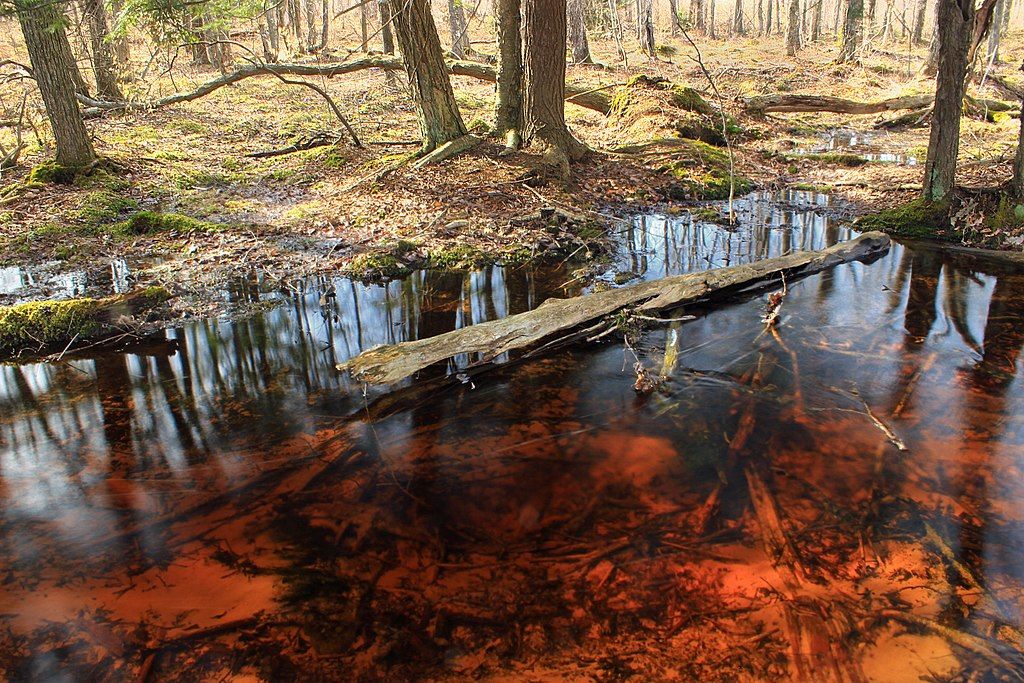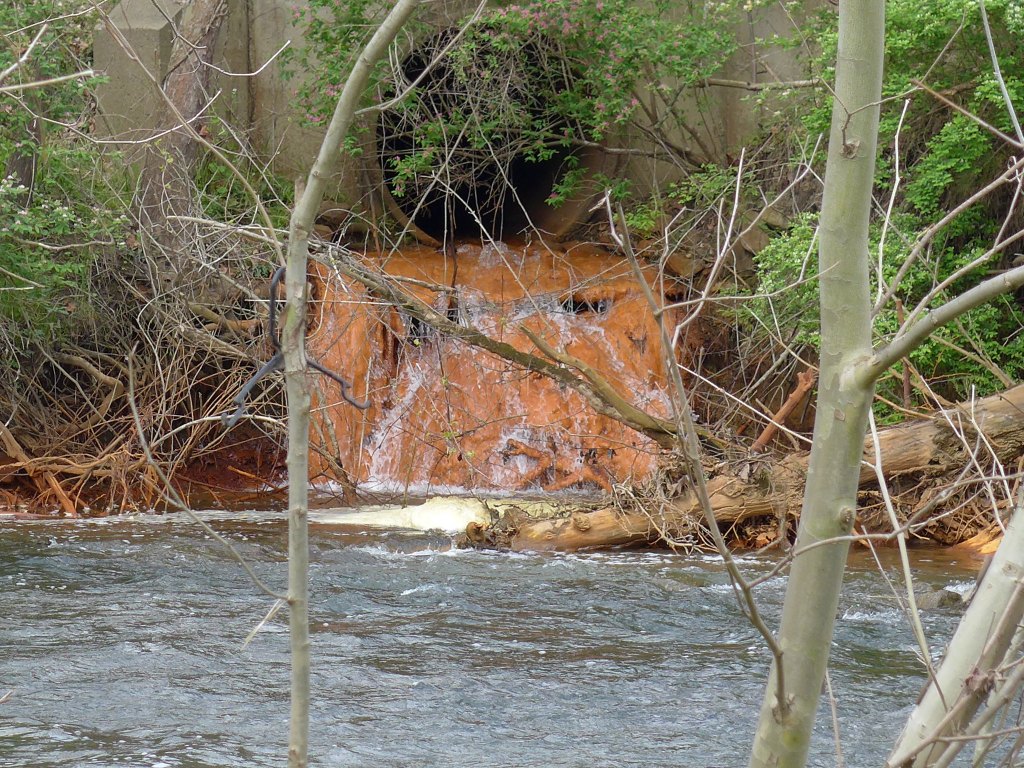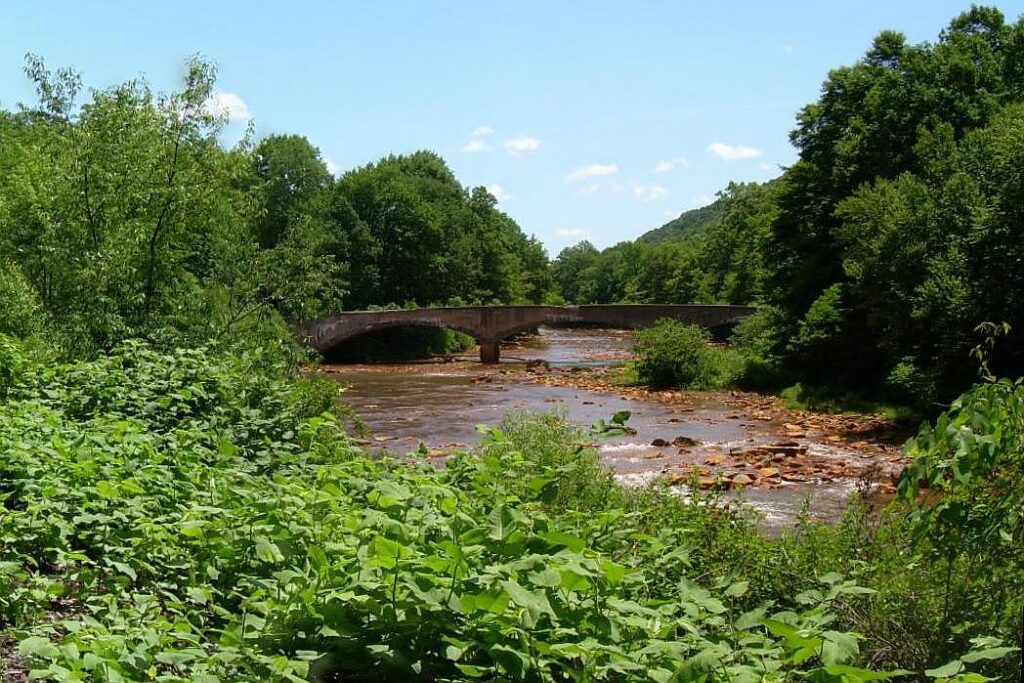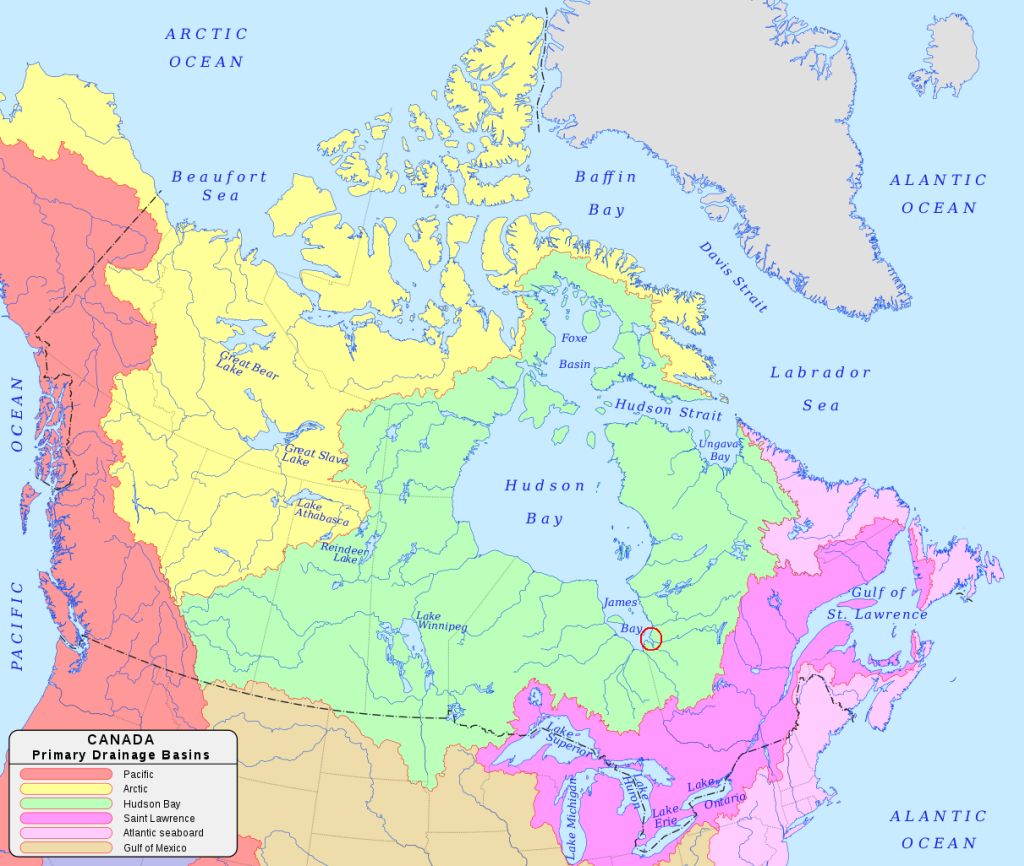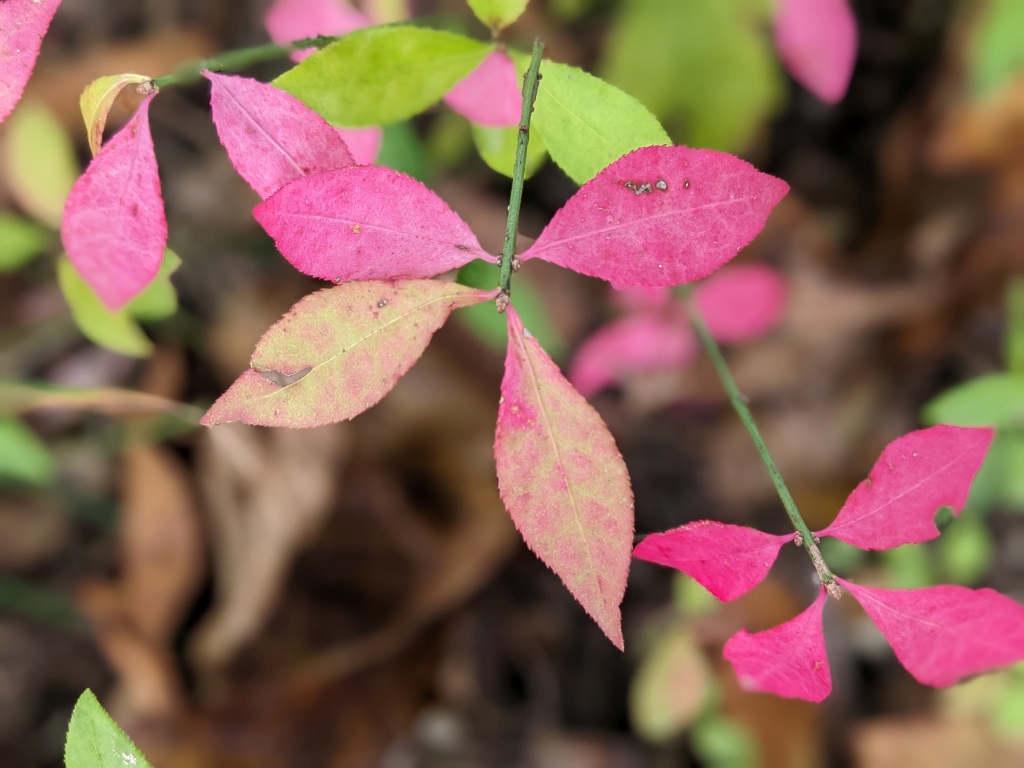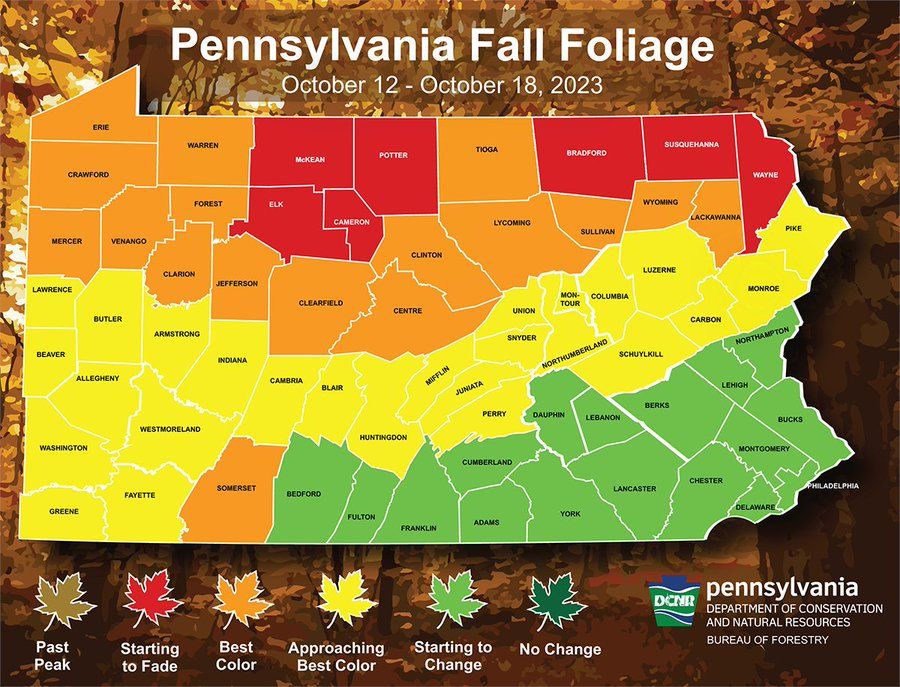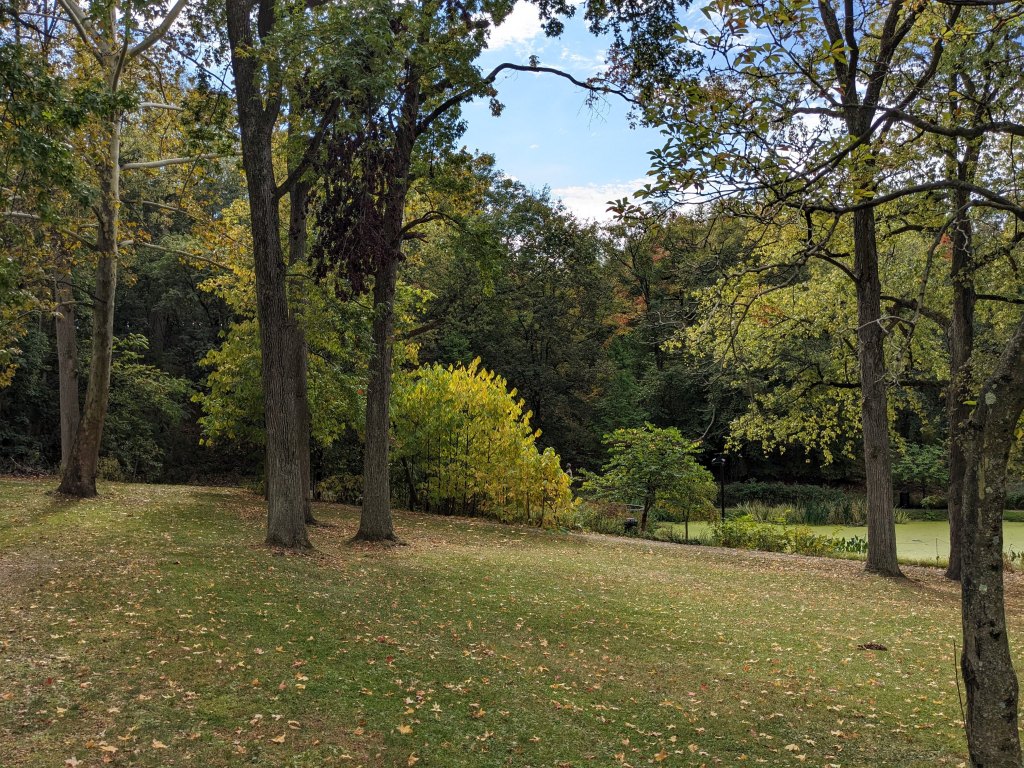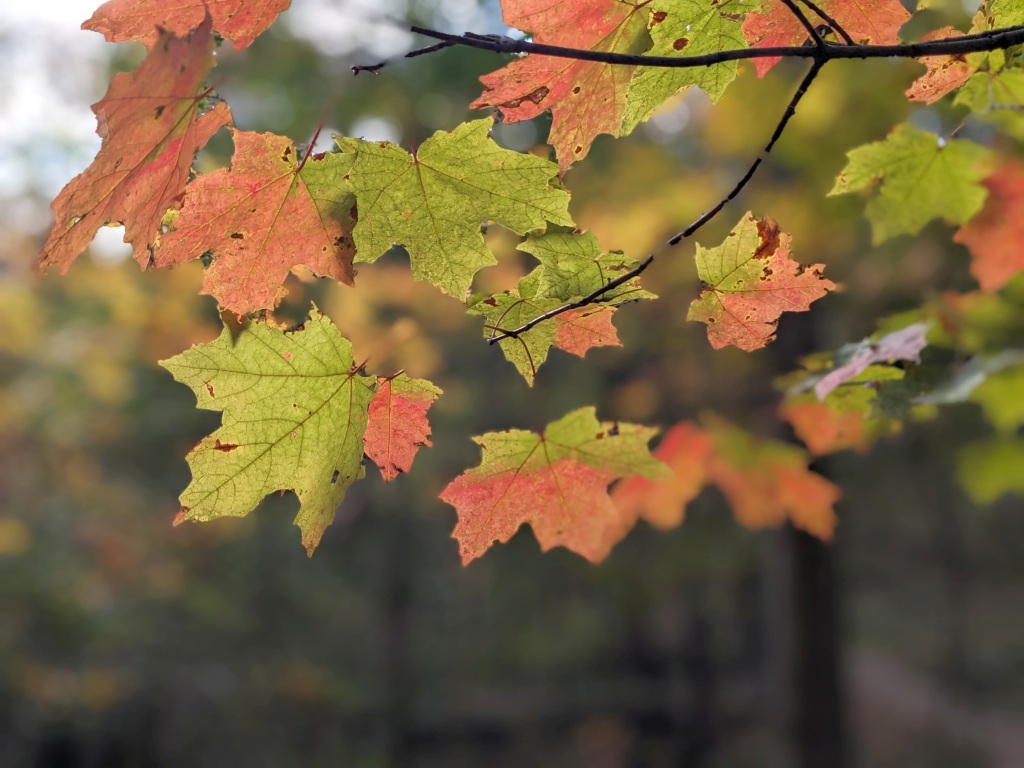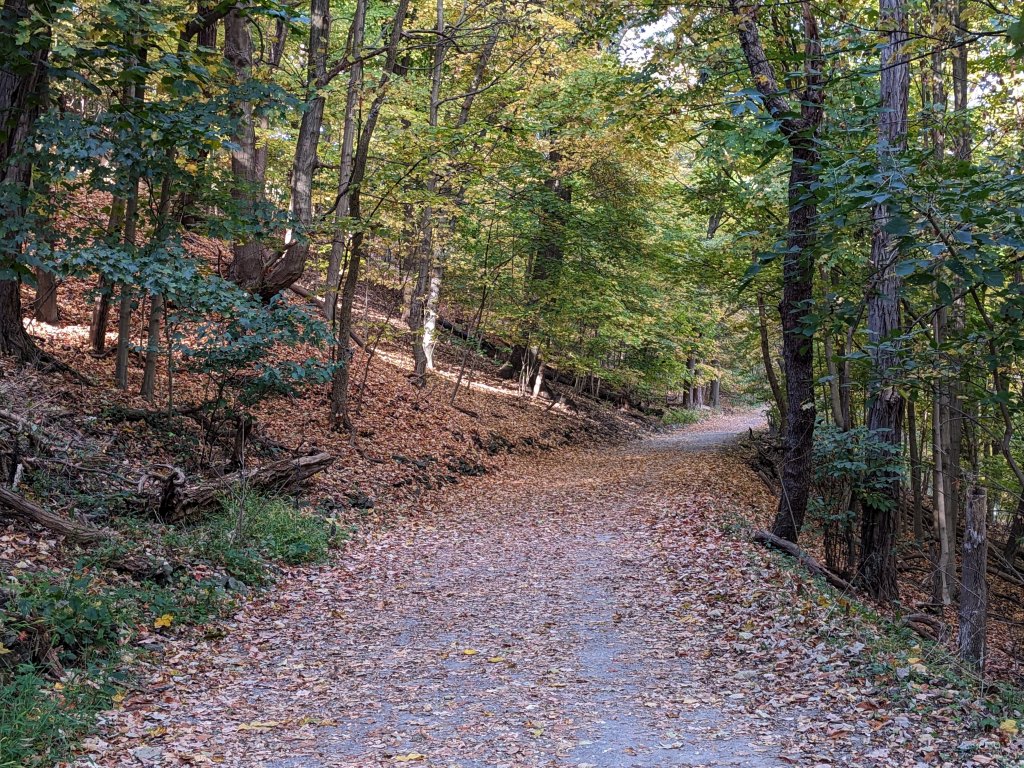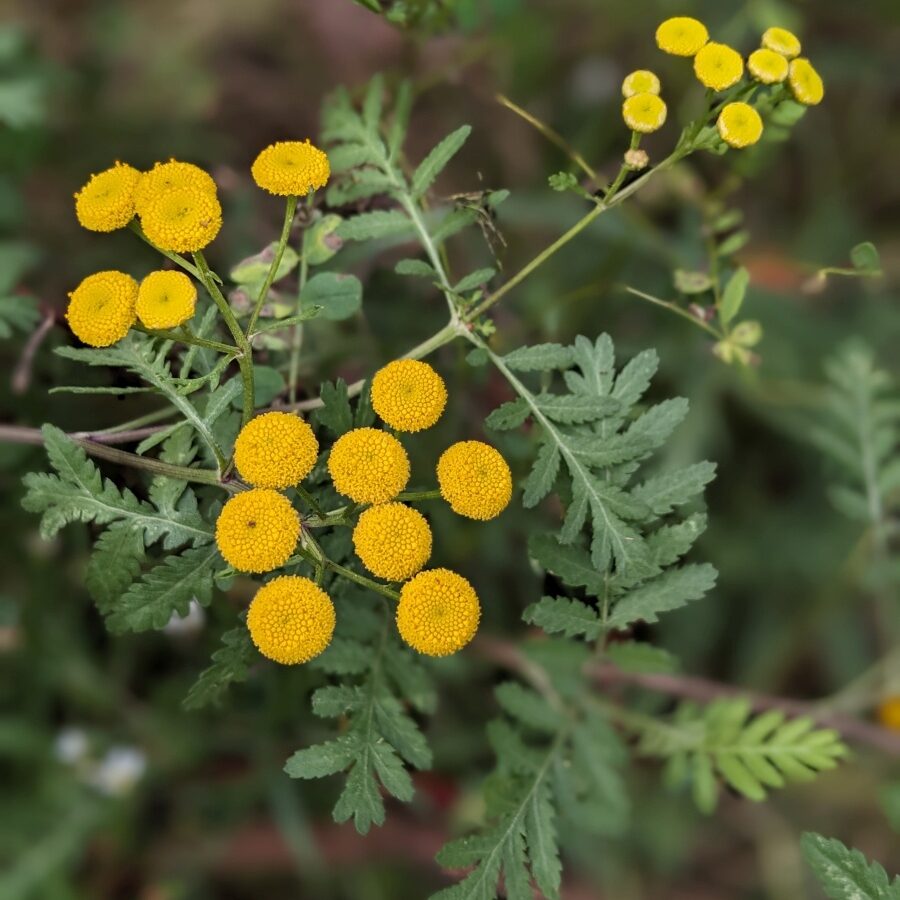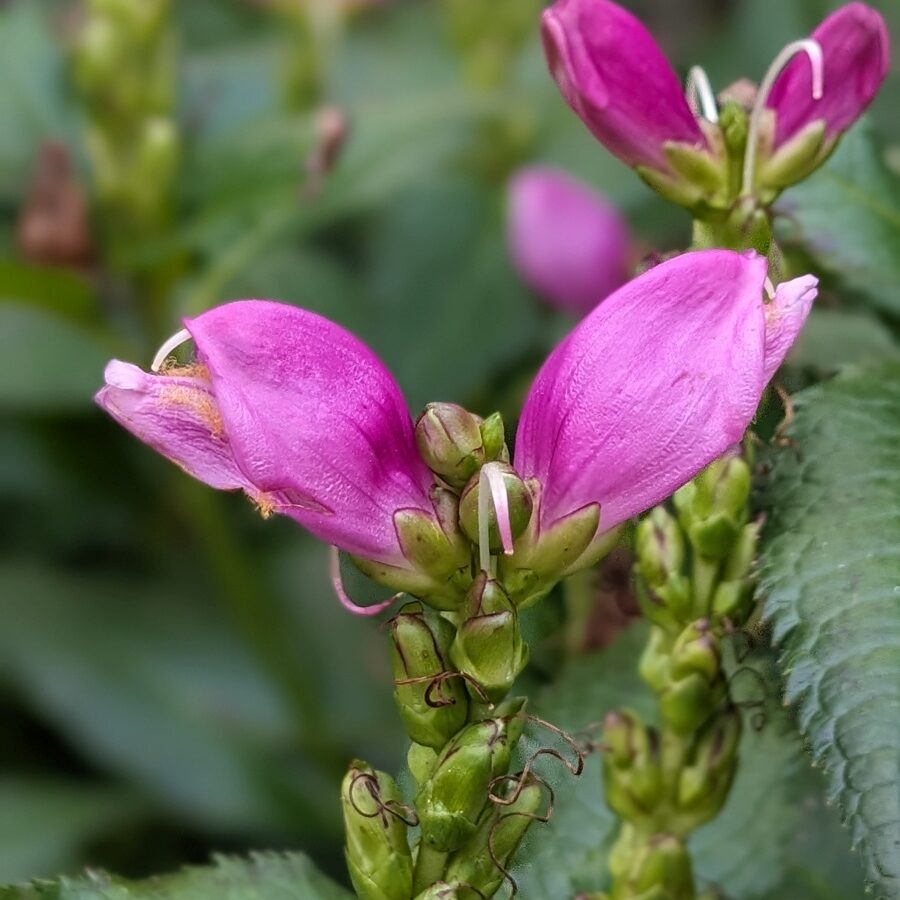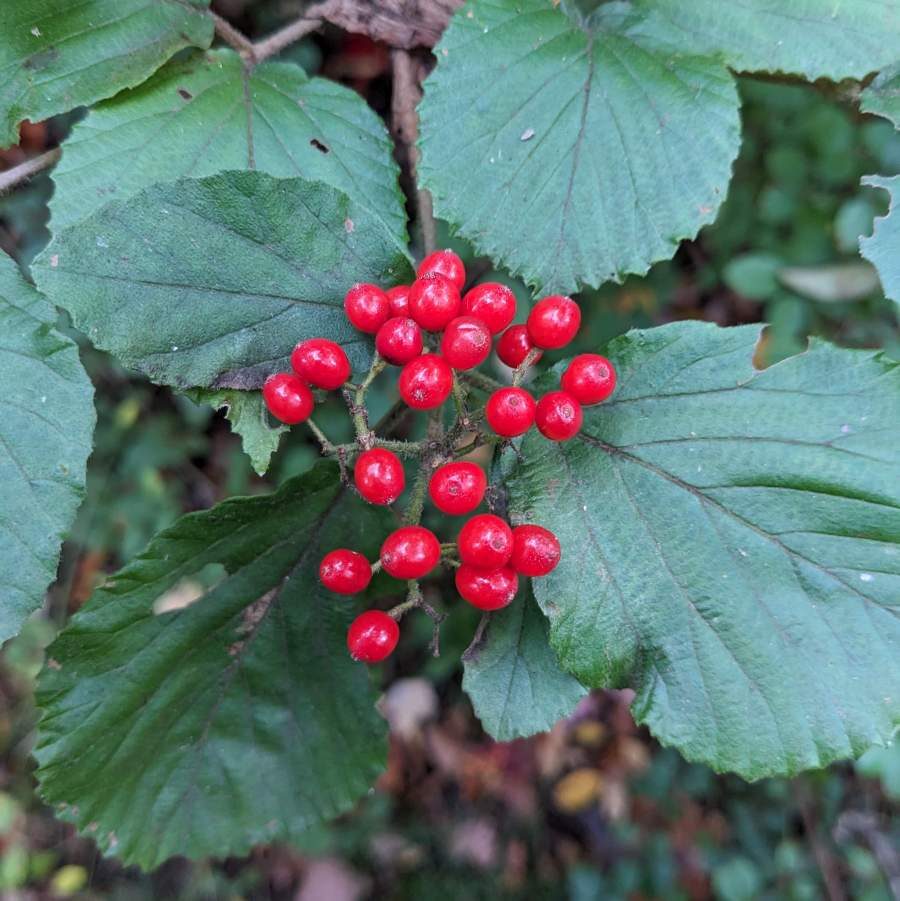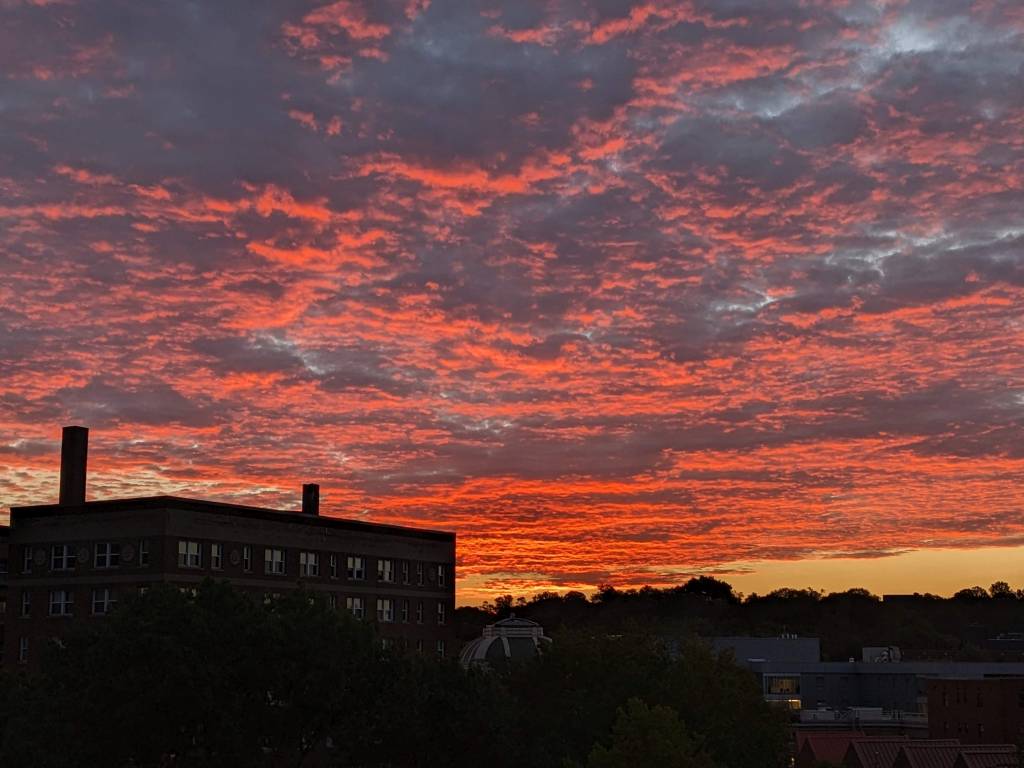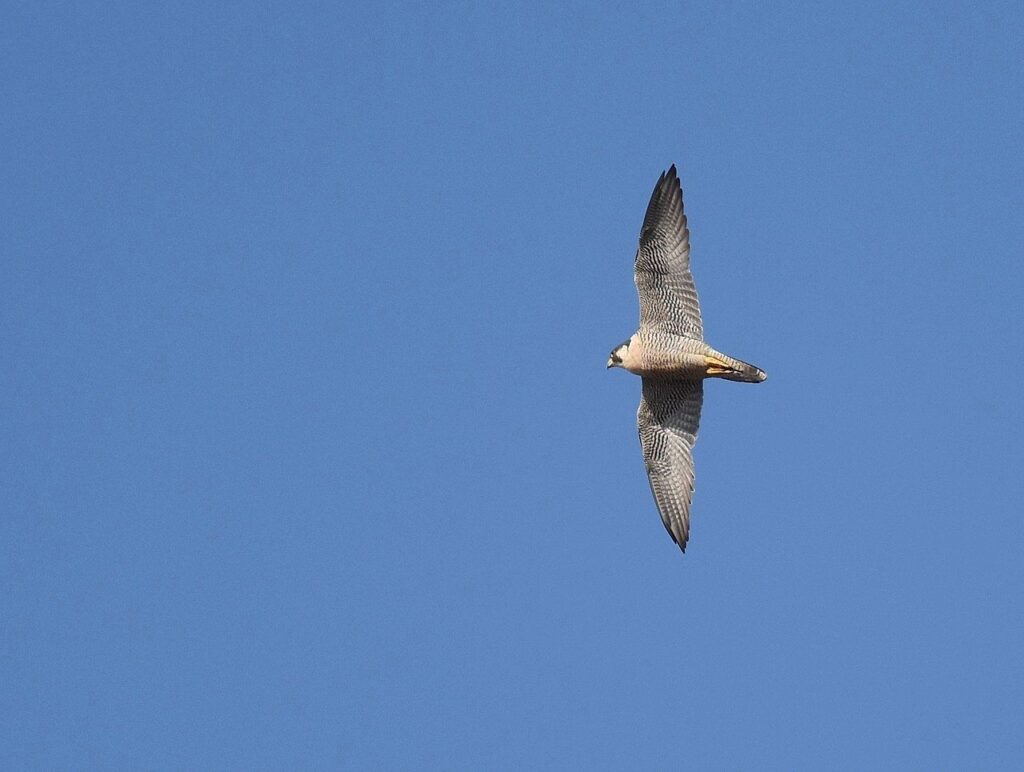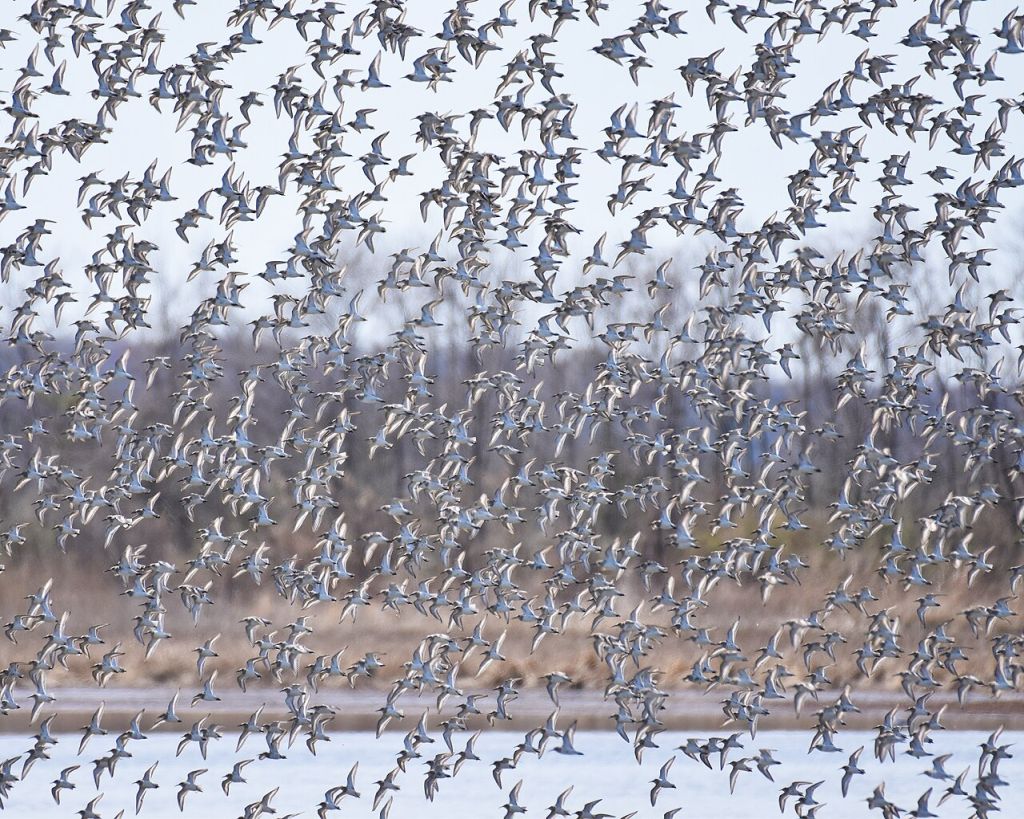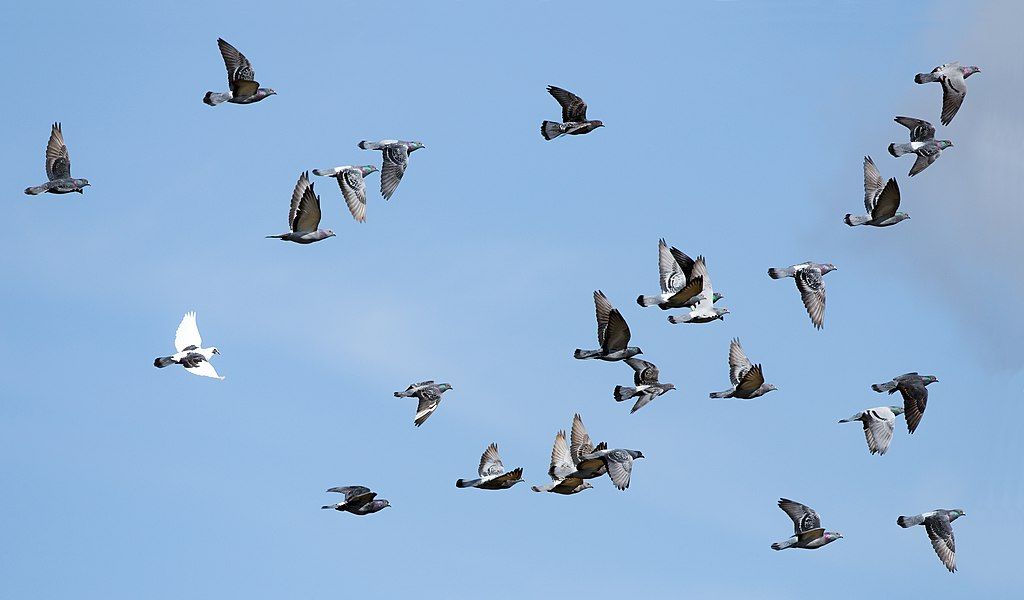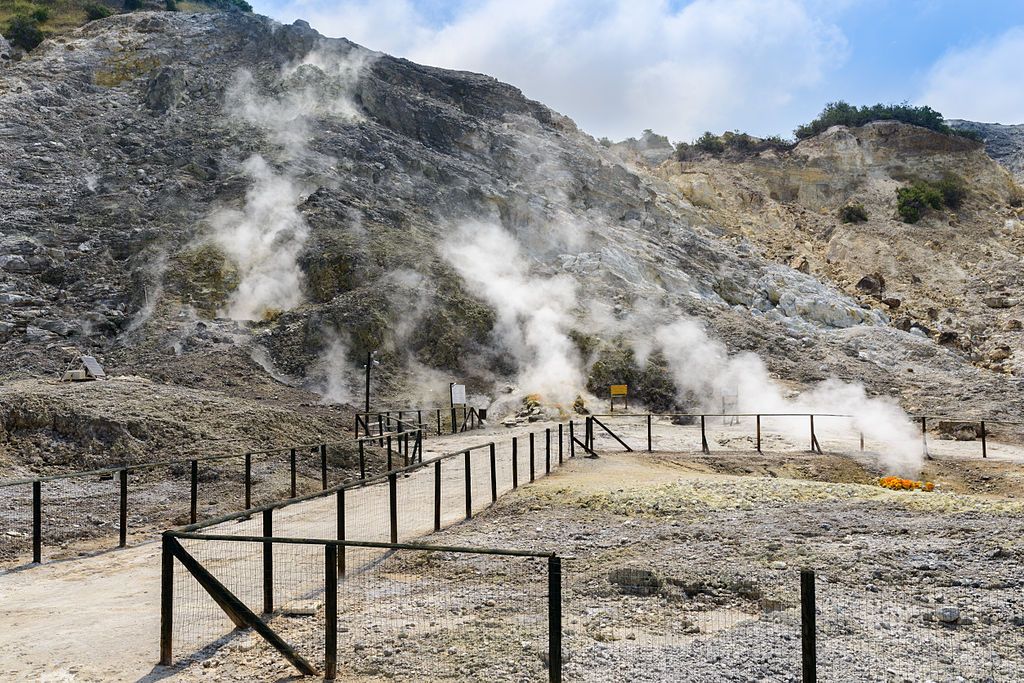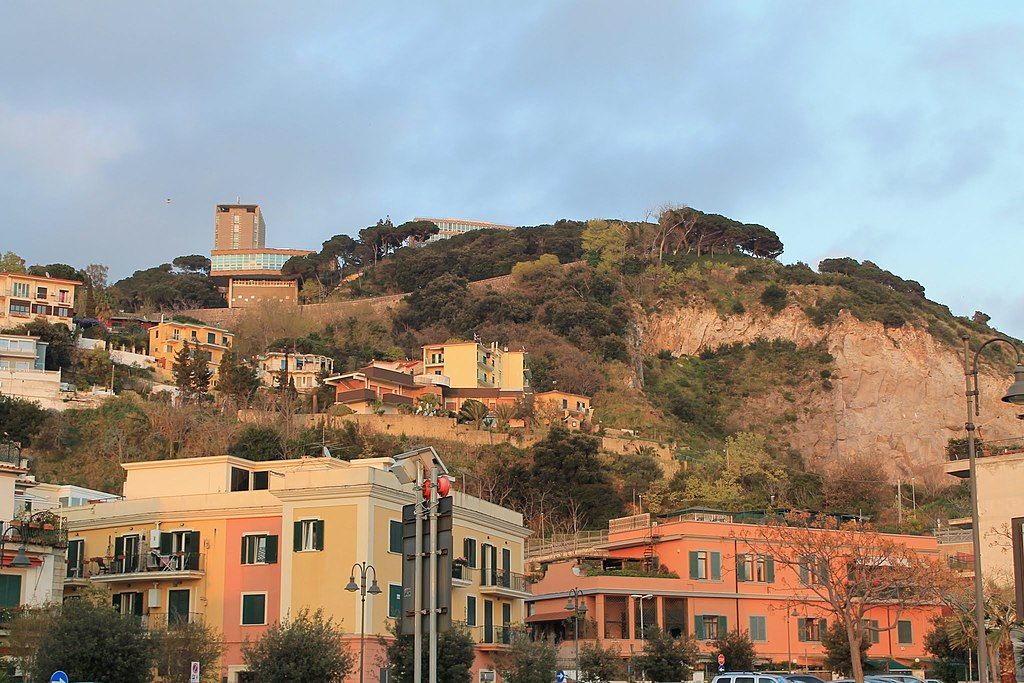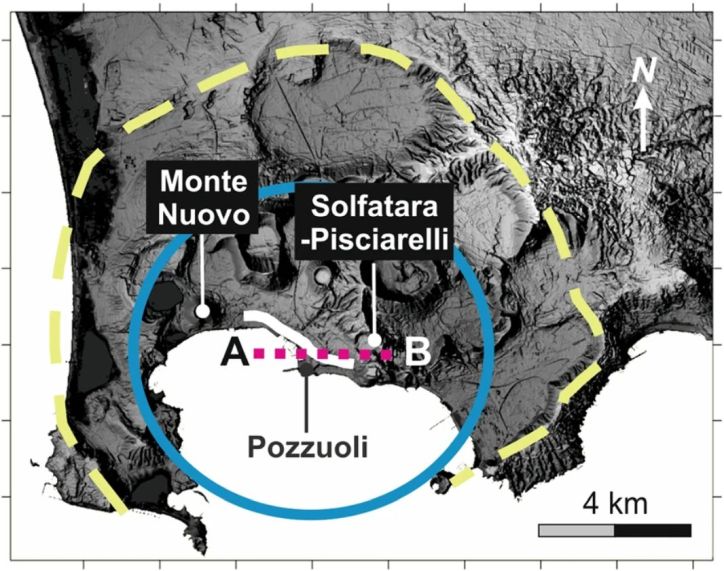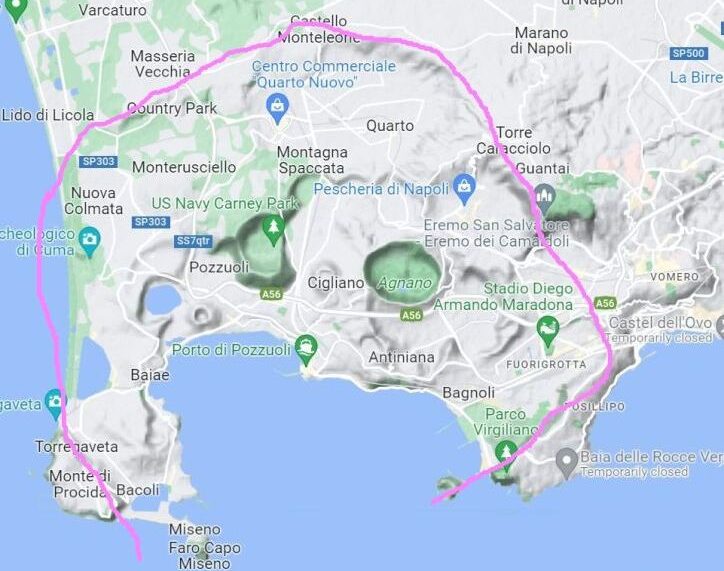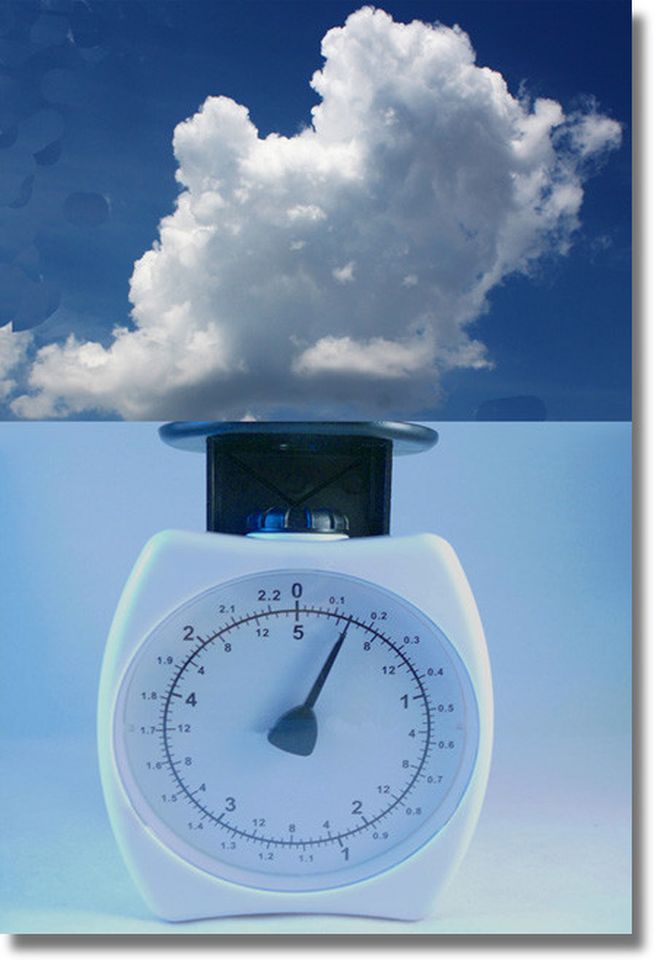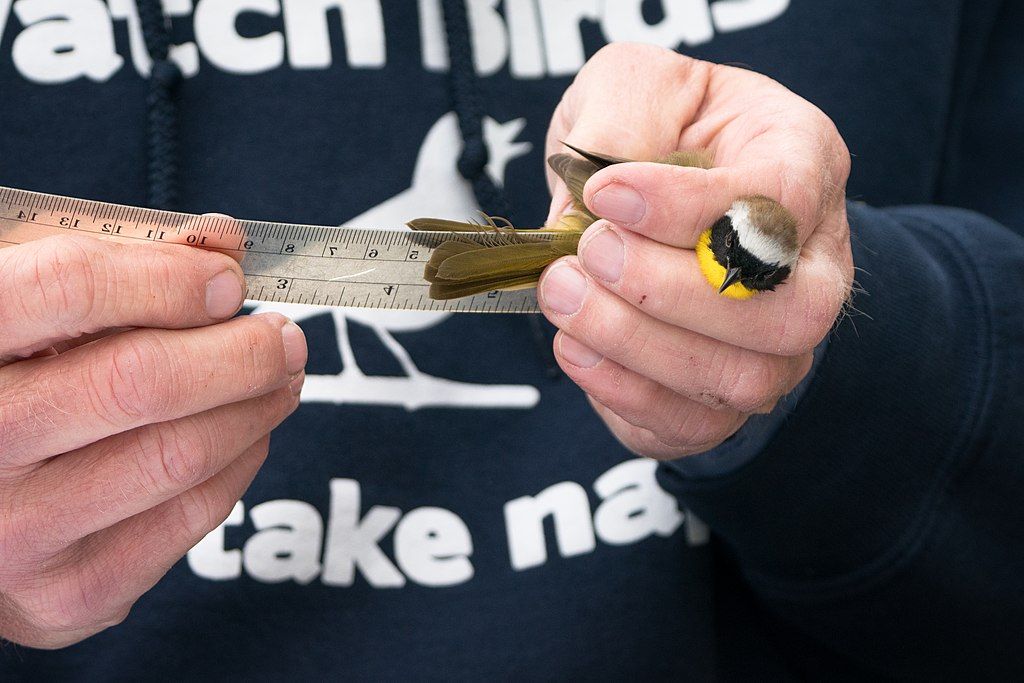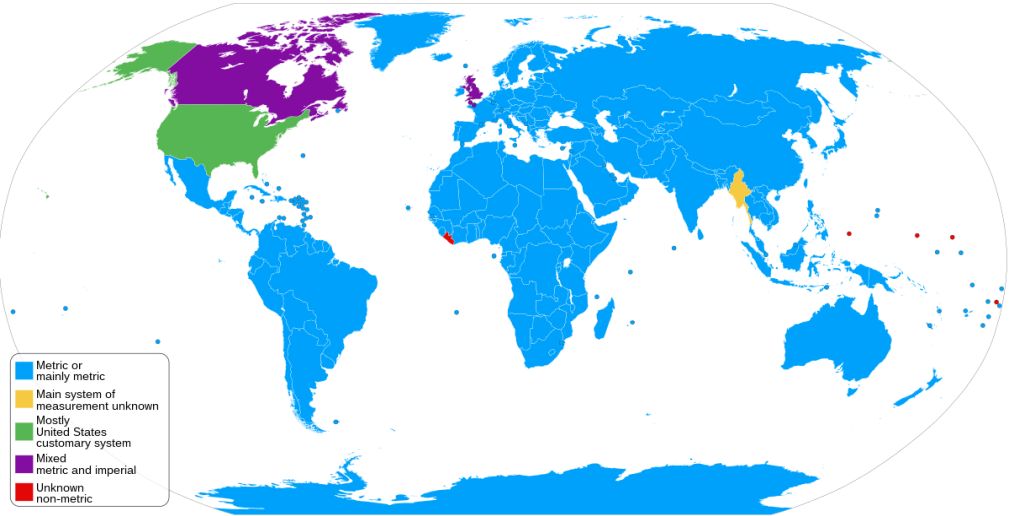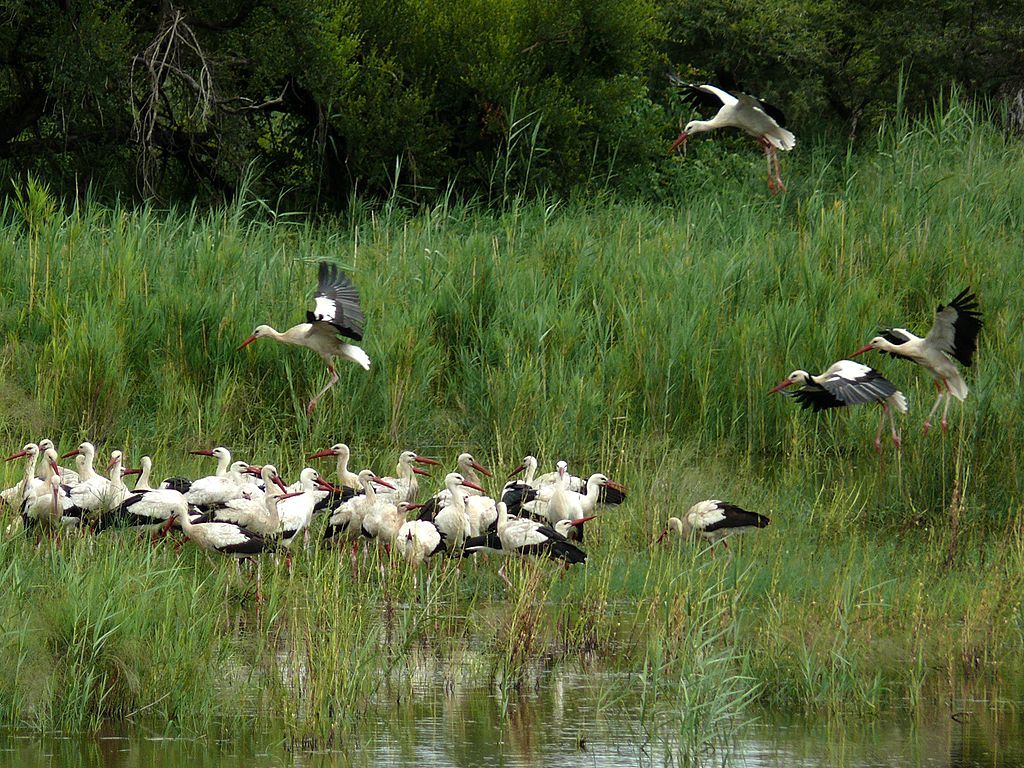
20 October 2023
Most people who find discarded bird tracking technology don’t know what they’re looking at and even when they do they don’t usually repurpose it. But every once in a while a transmitter goes roaming.
White storks (Ciconia ciconia) that breed in Poland migrate to eastern and southern Africa for the winter. For some, their final destination is the Blue Nile River valley, circled in yellow on the map below.
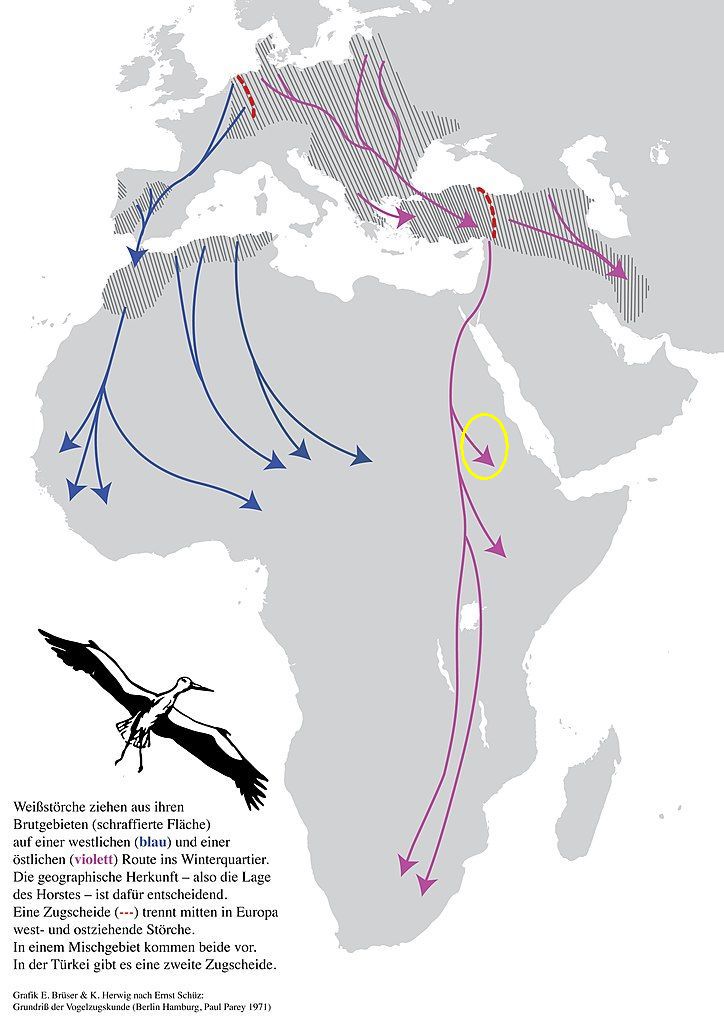
In April 2017 a white stork in Poland, nicknamed Kajtka, was tagged with a transmitter containing a mobile SIM card.

That autumn she flew to the Blue Nile River valley in Sudan where she became mysteriously inactive. Eventually she stopped moving altogether and had either died or the transmitter fell off. Researchers couldn’t figure out what happened until they got the phone bill.
Questions were raised when Kajtka lingered in the area for more than eight weeks, only roaming around 25 km [15 miles] in various directions.
In 2018, the mystery was solved when EcoLogic Group received a phone bill for 10,000 Polish zloty, the equivalent of £2,064 [$2,500]. Someone had picked up the tracker in Sudan and taken the opportunity to make 20 hours of phone calls using the SIM card.
— White Stork transmitter racks up massive phone bill
Fortunately for cash-starved bird research this sort of episode is rare.
If Kajtka had survived she would have joined her fellow white storks moving north in March, perhaps with a stopover in the Hula Valley shown below. Gorgeous!
(credits are in the captions)
